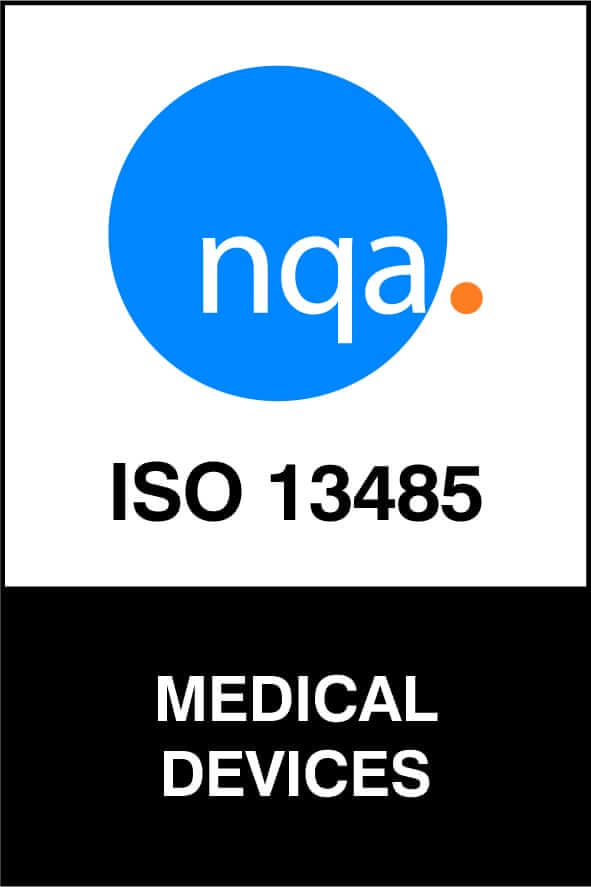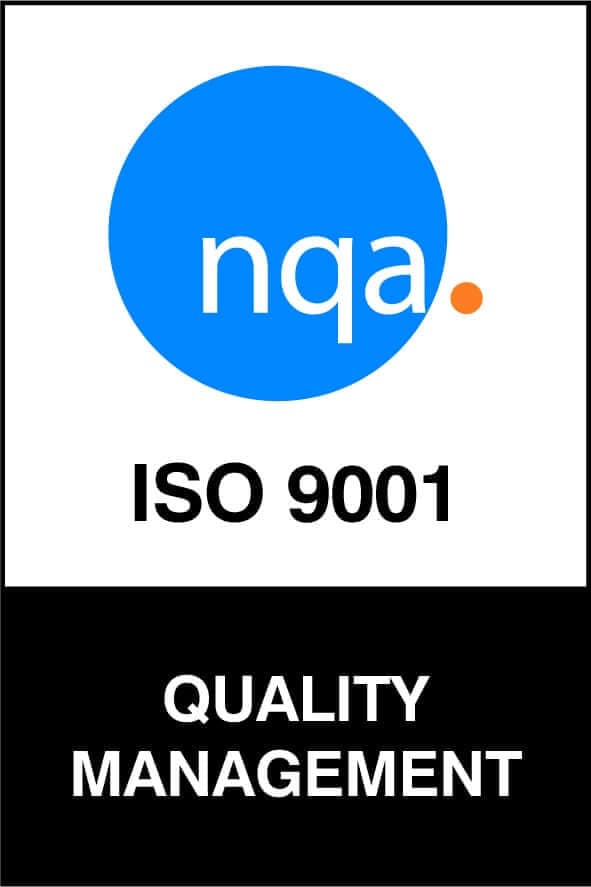ASTM D2000 Callout
Q:
What is an ASTM D2000 callout for elastomer material and what does it mean?
A:
Elastomer (rubber) compounds can be formulated to meet a wide range of requirements depending on their intended end use and application. Frequently ASTM D2000 callouts are used to specify the required material characteristics for elastomers used in isolators. An ASTM D2000 callout does not specify the ingredients of a given elastomer compound, rather it dictates the physical property requirements, e.g., strength, elongation, heat resistance, etc., that the compound formulation must meet. In essence it is a way to define the material properties required, in a standardized format, to meet the anticipated service environment and to ensure consistent material quality in production. It is much more succinct than a detailed material property callout and much more precise than a generic material designation (e.g., “Neoprene” or “Natural Rubber”).
The ASTM D2000 system, officially titled “Standard Classification System for Rubber Products in Automotive Applications”, uses alpha numeric “line callouts” to designate physical property requirements for vulcanized rubber materials. The physical properties are measured from standardized test specimens using standardized test methods dictated within the ASTM D2000 document. A typical line callout may look something like this:
Elastomer per ASTM D2000 M2 BC 514 A14 B14 C12 EO34 F17 K11
Detailed deciphering of ASTM D2000 line callouts requires referring to the actual ASTM D2000 specification, however, their general construction is explained below.
Units Indicator:
The presence of an ‘M’ indicates metric (SI) units, in particular tensile strength in MPa and temperatures in °C. The absence of an ‘M’ indicates English (imperial) units, in particular tensile strength in psi and temperatures in °F. Metric units are the current standard.
Grade:
The grade dictates the extent of additional test requirements that may be applied. If the grade number is 1, then only the basic requirements of the D2000 specification apply. If the grade number is other than 1, additional requirements apply (e.g., ozone resistance, low temperature resistance, etc.) and are specified by the Suffix Requirements section of the line callout.
Type & Class:
The two alpha characters forming the Type & Class designation reflect the heat aging (Type) and oil resistance (Class) characteristics of the elastomer. Heat aging measures the changes in tensile strength, elongation, and hardness following exposure to elevated ambient temperature for a prescribed period of time. Oil resistance measures the amount of volume swell occurring after immersion in oil at a prescribed temperature and time duration.
The Type & Class designation often dictates the polymer that most likely will be required to meet the basic requirements. Below is a table of typical Type & Class designations and the corresponding polymer most often used for each.
| ASTM D2000- (Type and Class) | Type of Polymer Most Often Used |
|---|---|
| AA | Natural rubber, reclaimed rubber, SBR, butyl, EP polybutadiene, polyisoprene Polysulfides |
| AK | Ethylene propylene, high-temperature SBR and butyl compounds |
| BA | Ethylene propylene, high-temperature SBR and butyl compounds |
| BC | Chloroprene polymers (neoprene), cm |
| BE | Chloroprene polymers (neoprene), cm |
| BF | NBR polymers |
| BG | NBR polymers, urethanes |
| BK | NBR |
| CA | Ethylene propylene |
| CE | Chlorosulfonated polyethylene (Hypalon), cm |
| CH | NBR polymers, epichlorohydrin polymers |
| DA | Ethylene propylene polymers |
| DE | CM, CSM |
| DF | Polyacrylic (butyl-acrylate type) |
| DH | Polyacrylic polymers, HNBR |
| EE | AEM |
| EH | ACM |
| EK | FZ |
| FC | Silicones (high strength) |
| FE | Silicones |
| FK | Fluorinated silicones |
| GE | Silicones |
| HK | Fluorinated elastomers (Viton, Fluorel, etc.) |
| KK | Perfluoroelastomers |
Hardness:
Describes the nominal hardness of the vulcanized rubber compound according to the Shore A durometer scale. The number indicates 10’s of durometer points, i.e., 5 = 50 durometer, 6 = 60 durometer, and so on.
Tensile Strength:
Indicates the minimum tensile strength of the vulcanized rubber compound. For metric line callouts, the number shown reflects the tensile strength in units of MPa. For English line callouts, the number shown reflects the tensile strength in approximate 100’s of psi, e.g., 20 = 2031 psi (rounded to closest equivalent whole MPa, 14 MPa = 2031 psi).
Suffix Requirements:
These alpha-numeric codes added to the end of a line callout dictate that the compound must meet certain additional requirements beyond the basics defined in the ASTM D2000 spec. The effect is to ensure that the elastomer formulation includes all the necessary compounding variables necessary to meet requirements reflective of the environments that the elastomer will ultimately be used in.
The alpha character(s) dictates the type of test while the numeric characters define the test temperature and other parameters
| Suffix Letter | Test Required |
|---|---|
| A | Heat Resistance |
| B | Compression Set |
| C | Ozone or Weather Resistance |
| D | Compression-Deflection Resistance |
| EA | Fluid Resistance (Aqueous) |
| EF | Fluid Resistance (Fuels) |
| EO | Fluid Resistance (Oils and Lubricants) |
| F | Low-Temperature Resistance |
| G | Tear Resistance |
| H | Flex Resistance |
| J | Abrasion Resistance |
| K | Adhesion |
| M | Flammability Resistance |
| N | Impact Resistance |
| P | Staining Resistance |
| R | Resilience |
| Z | Any special requirement, which shall be specified in detail |





